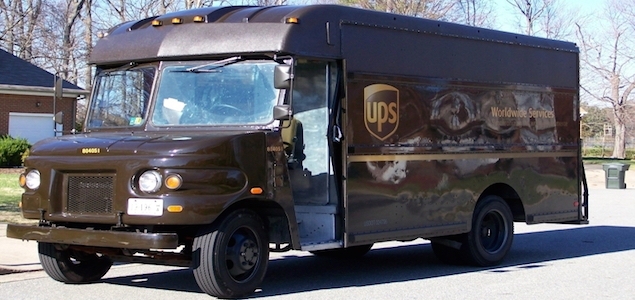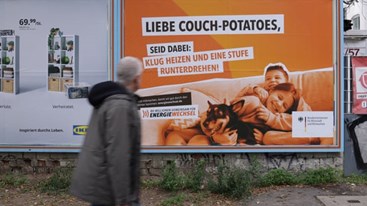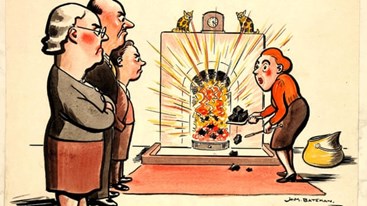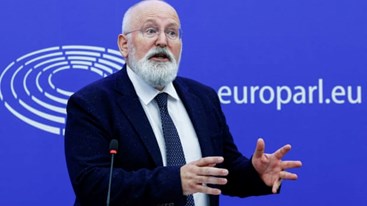Saturday, 20/04/2024 | 03:39 GMT+7
The deal is part of an initiative announced earlier this year by UPS to significantly expand its use of renewable natural gas in its alternative fuel and advanced technology fleet. The company has a goal of driving one billion miles with its alternative fuels fleet, known as the Rolling Laboratory by the end of 2017 — an effort aimed at reducing environmental impact and helping to advance new sustainability solutions and markets.
UPS logged 154 million miles in 2014 toward its goal of driving 1 billion miles with its alternative fuel and advanced technology fleet by the end of 2017, according to the company’s 13th annual Sustainability Report, released in July.
The RNG will fuel more than 140 heavy duty trucks in Memphis and Jackson, part of UPS’s natural gas fleet, which includes more than 3,800 medium and heavy duty vehicles worldwide.
RNG, also known as biomethane, can be derived from many abundant and renewable sources, including decomposing organic waste in landfills, wastewater treatment and agriculture, UPS says. It is then distributed through the natural gas pipeline system, making it available for use as liquefied natural gas (LNG) or compressed natural gas (CNG).
In addition to natural gas, UPS says it also uses many other alternative fuels in the UPS fleet, including propane, ethanol, renewable diesel, and electricity. In 2014, 5.4 percent of total gas and diesel purchased was displaced by using these alternative fuels.

UPS operates one of the largest private alternative fuel and advanced technology fleets in the U.S. Its fleet includes more than 6,340 all-electric, hybrid electric, hydraulic hybrid, CNG, LNG, propane and light-weight fuel-saving composite body vehicles.
Last year, UPS announced that it had met its 2016 goal of reducing its air and ground fleet's carbon intensity by 10 percent three years early, and set a new goal to achieve a 20 percent reduction in carbon intensity from transportation by 2020.
With consumer deliveries expected to grow to half of UPS’s U.S. business volume by 2019, the company is deploying cutting-edge strategies and technologies to address this challenge, including the ORION routing system, UPS My Choice™ service and UPS Access Point™ locations. These services give consumers control over when and where they receive deliveries, which helps UPS avoid unnecessary miles.
Mai Linh (theo Sustainable Brands)








.jpg?w=367&h=206&mode=crop) Energy efficiency and conservation usage is an important aspect of the national energy development strategy
Energy efficiency and conservation usage is an important aspect of the national energy development strategy
 Challenges and Opportunities to promote energy efficiency market in Vietnam
Challenges and Opportunities to promote energy efficiency market in Vietnam
 The Ministry of Industry and Trade requests government agencies to coordinate in organizing Earth Hour 2024
The Ministry of Industry and Trade requests government agencies to coordinate in organizing Earth Hour 2024
 Consultation on Energy Efficiency Boiler Catalogue and Wood Drying Guideline
Consultation on Energy Efficiency Boiler Catalogue and Wood Drying Guideline
 Son Ha Co., Ltd, applies energy efficiency and conservation measures
Son Ha Co., Ltd, applies energy efficiency and conservation measures
 Phuc Kien Co., Ltd., is effectively implementing energy-saving measures
Phuc Kien Co., Ltd., is effectively implementing energy-saving measures
.png?w=367&h=206&mode=crop) Request for expression of interest - C2.1.13: Capacity Building on energy efficiency policies development
Request for expression of interest - C2.1.13: Capacity Building on energy efficiency policies development